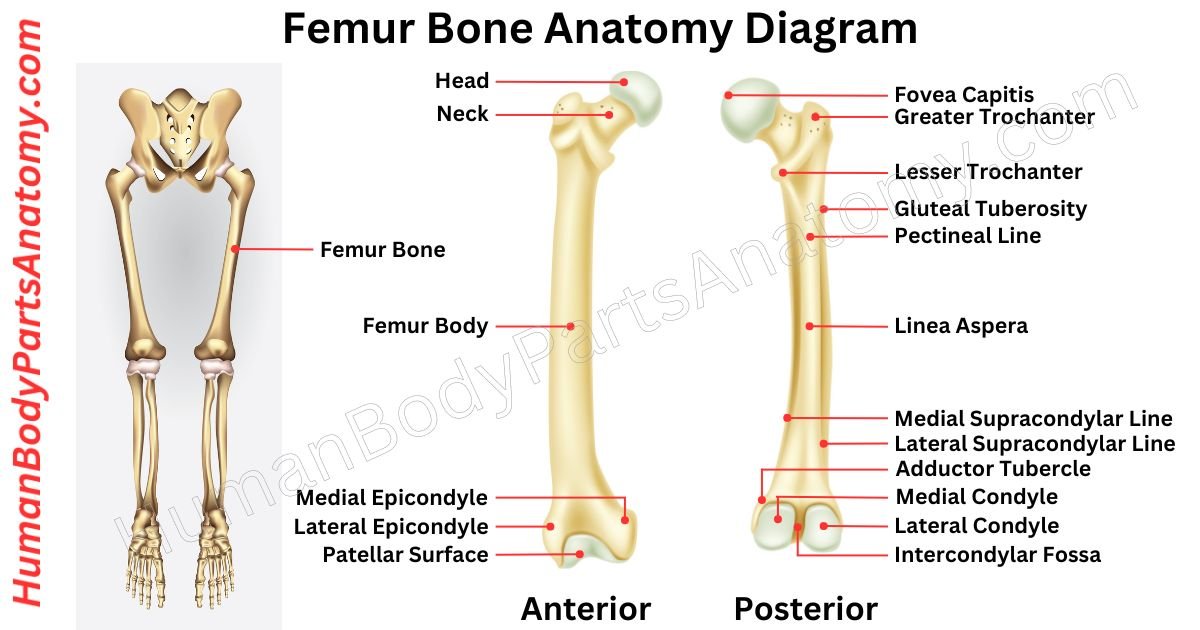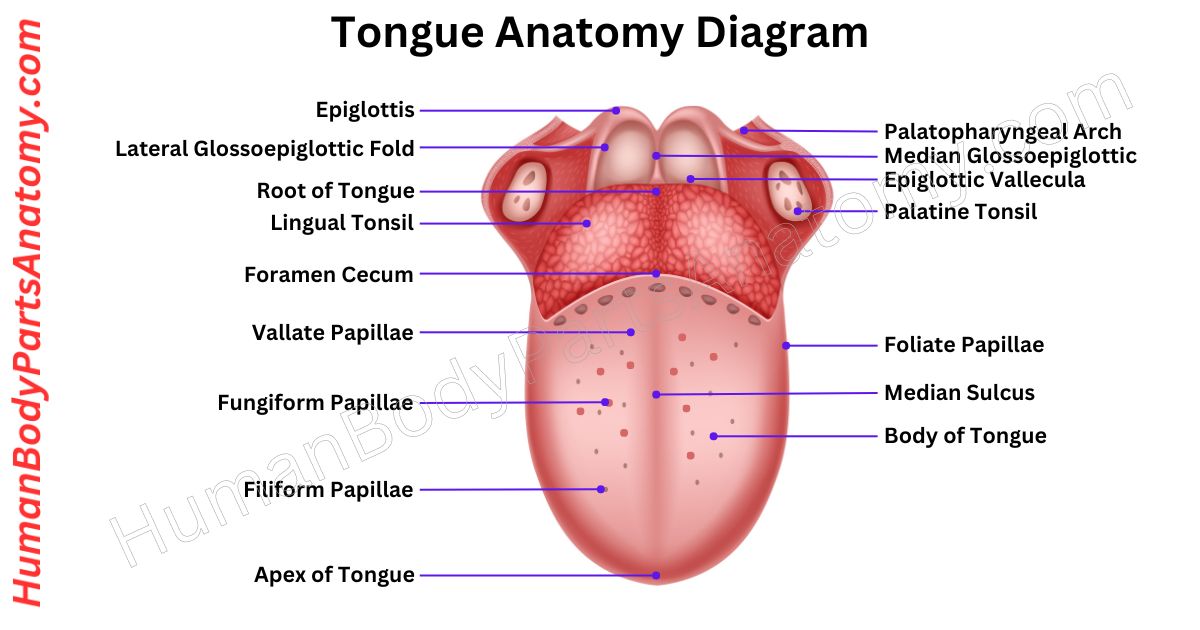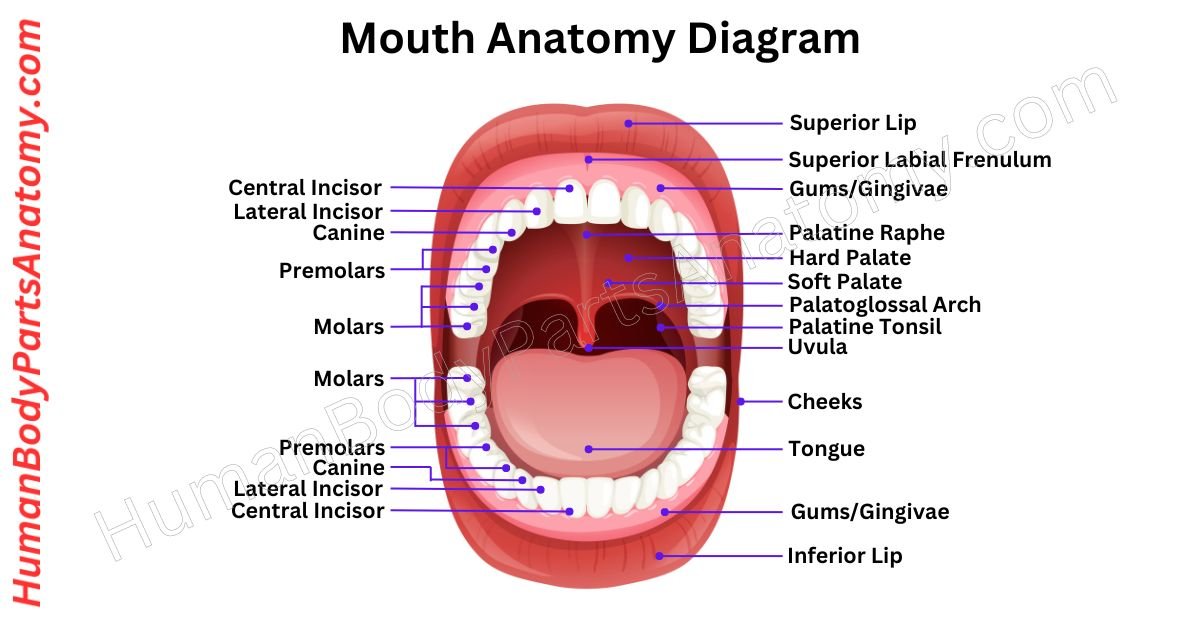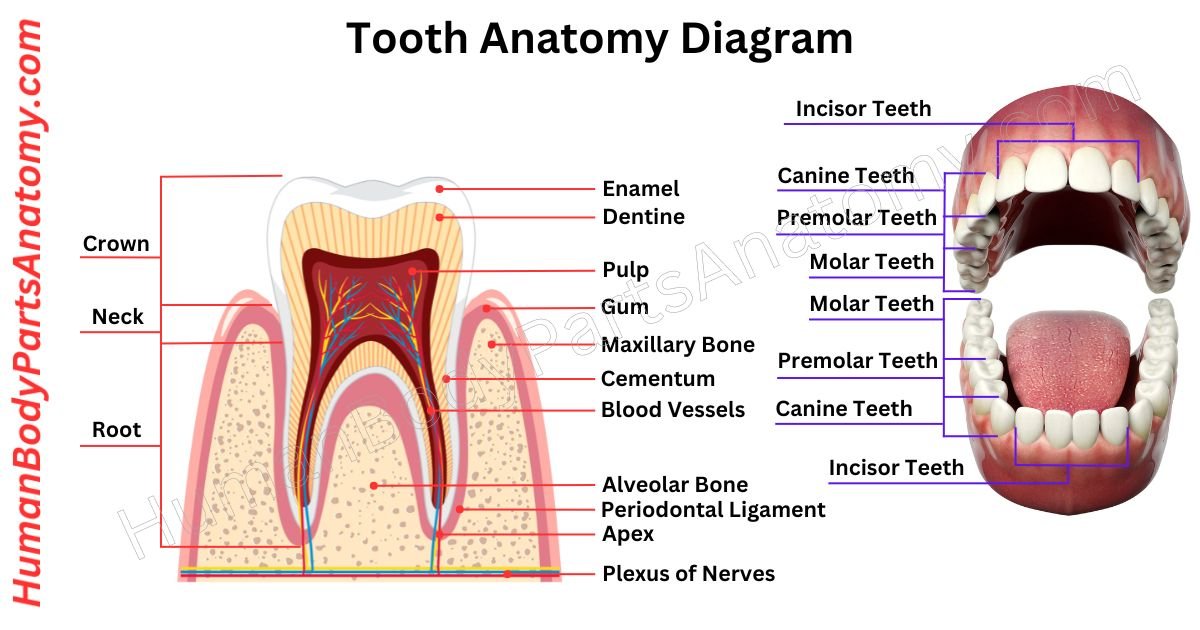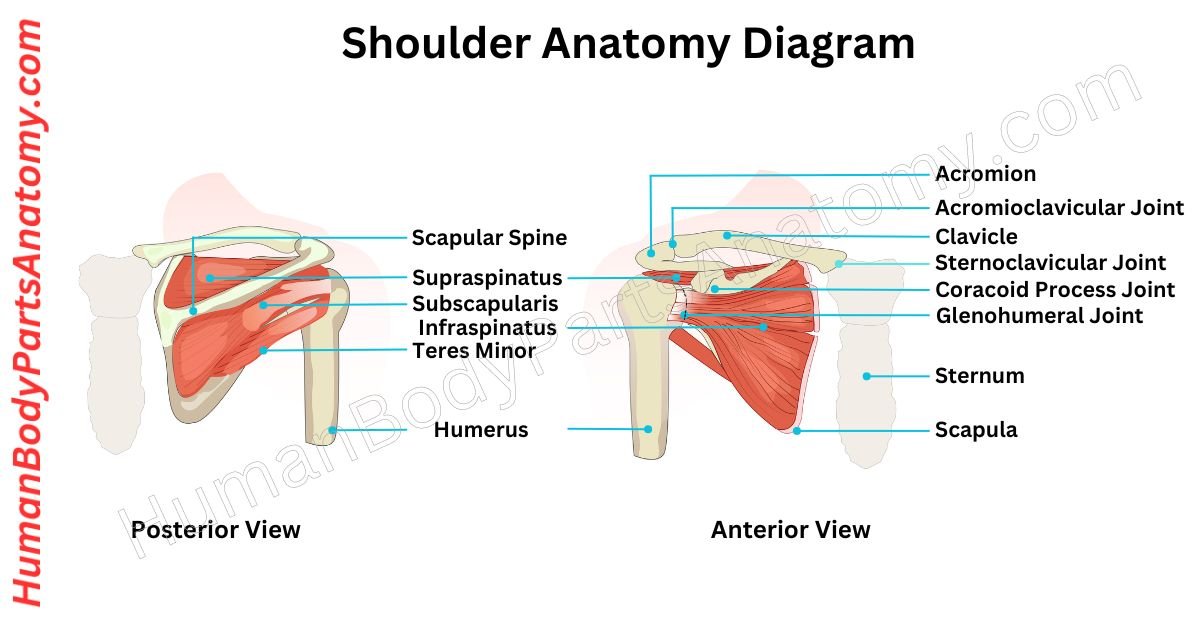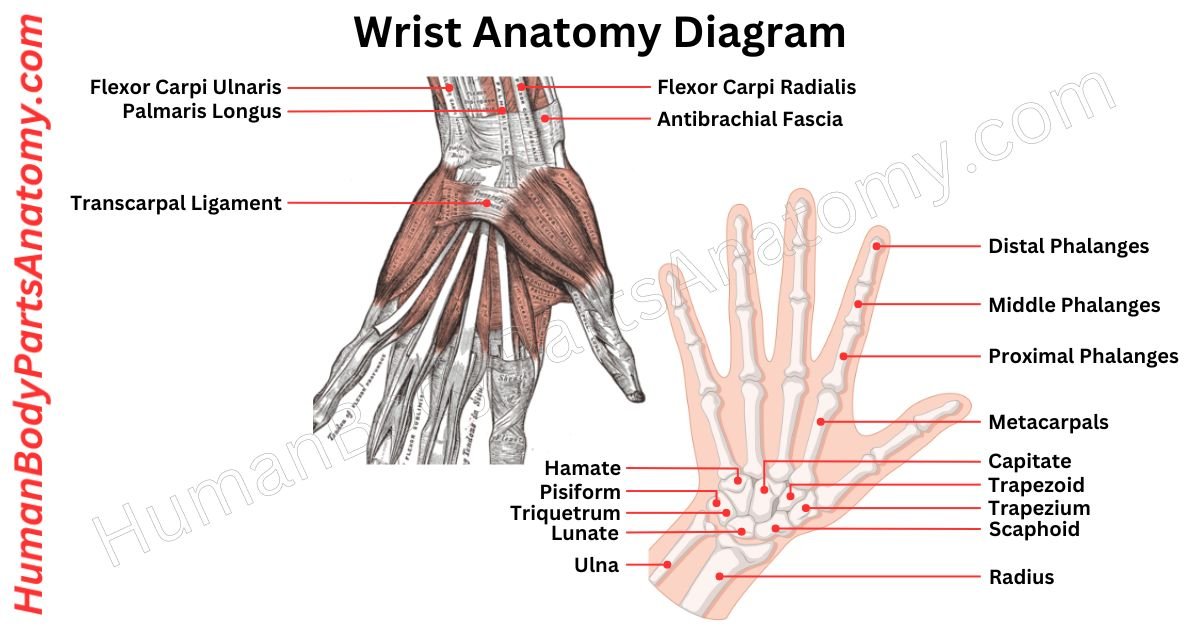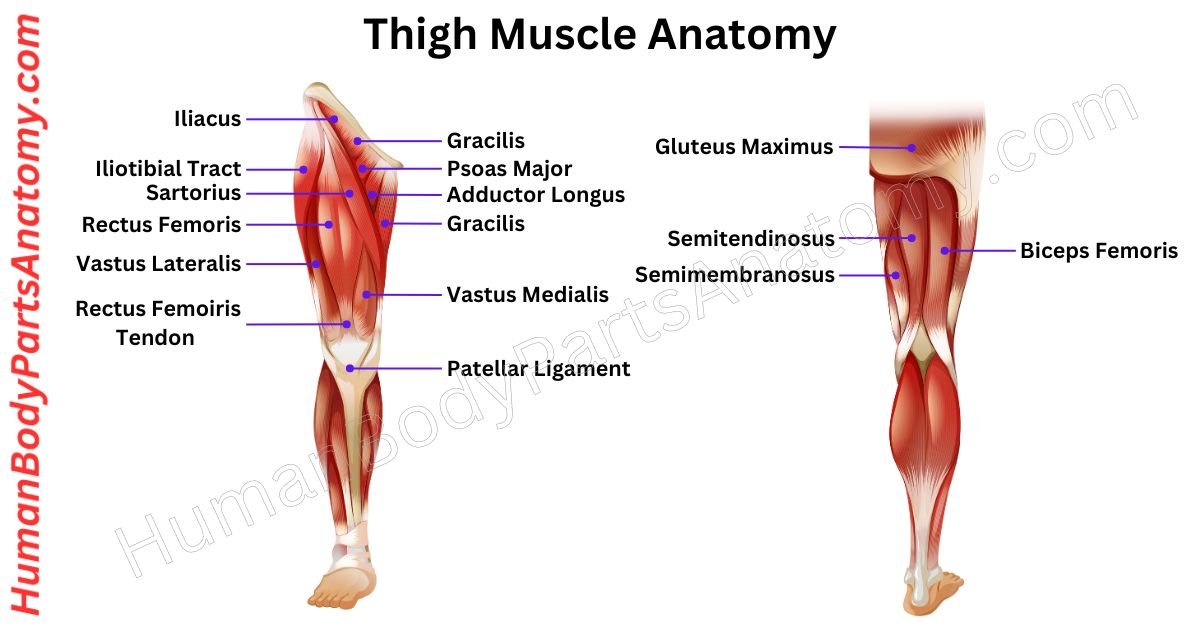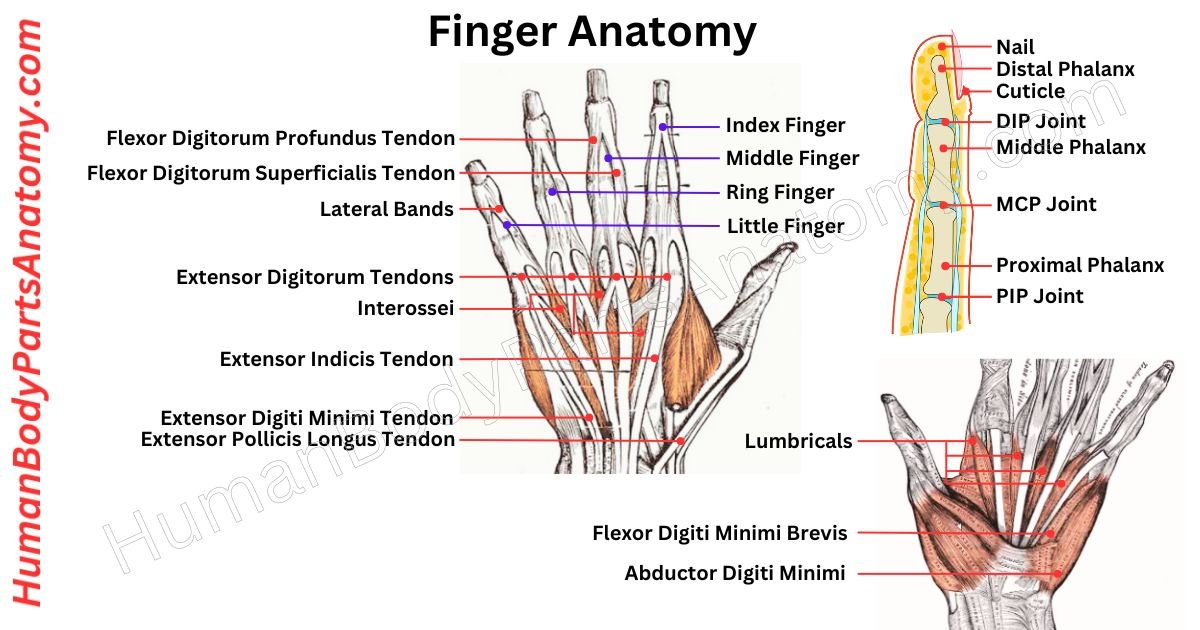Femur Anatomy: Complete Guide with Parts, Names, Functions & Diagram
Overview of Femur Anatomy The femur, or thigh bone, is the main bone in your thigh. It connects your hip to your knee and is your body’s largest and strongest bone. In animals with four legs, it is the upper bone in the back leg. The femur anatomy has several parts: the shaft, head, neck, … Read more

